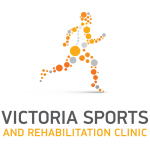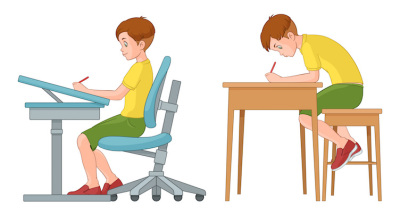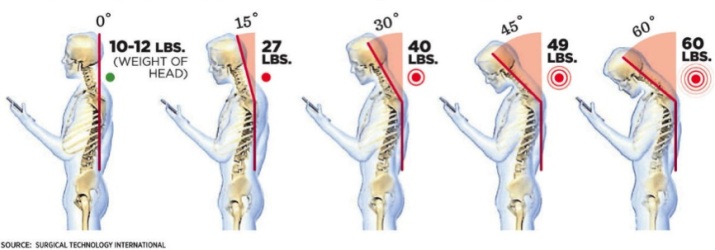With Year 12 Exams just around the corner, we started thinking about where our poor posture habits began.
There has been a focus over the last few years on highlighting postural problems caused by prolonged periods of sitting. To try and manage this we have focused on the ergonomic setup of our desks. Since the tagline, ‘sitting is the new smoking’ has been heavily discussed in the media there has been a progression to try and solve this by introducing stand up desks. But the question we should be asking is what causes this and where did this problem begin?
If you think back to when you were at school or if you have kids at school now, these habits were formed early on in the classroom. Exam time is an important reminder to think about how and where you study or work and try and correct some of those bad postural habits that we have all possibly had for years!
Often this type of stress and lapse into poor postures is when back pain, neck and shoulder pain, and headaches begin. To help manage this, we have developed a checklist to help you try and avoid some of the common injury mechanisms we see in the clinic.
- Keep the computer screen at eye level, we recommend having the lower and middle third of the screen at eye level. A couple of cardboard boxes and a wireless keyboard (for those using a laptop) make for an easy change
- Get those hips high. Tight hip flexors can tilt the pelvis forwards, causing increased strain through the lower back. Sitting with your hips higher than your knees will help minimise this type of strain
- Take regular breaks. There is no rule that you need to be sitting down to remember concepts
- Sitting with a foam roller between the back of the chair and your spine will give some great tactile feedback for when your upper body begins to slump forwards
Exams are an example of a stressful period that can have a negative impact on our posture and musculoskeletal system, try and incorporate the above points into your daily habits.
We have used this diagram before but it’s a great reminder of the impact of persistent postural changes on the neck. The last position on this diagram is an example of how you can increase the relative weight of your head by 20kgs, placing a lot of strain on your neck.
This article is for information only, for a diagnosis and treatment of a musculoskeletal condition consult your Osteopath or primary healthcare professional.


